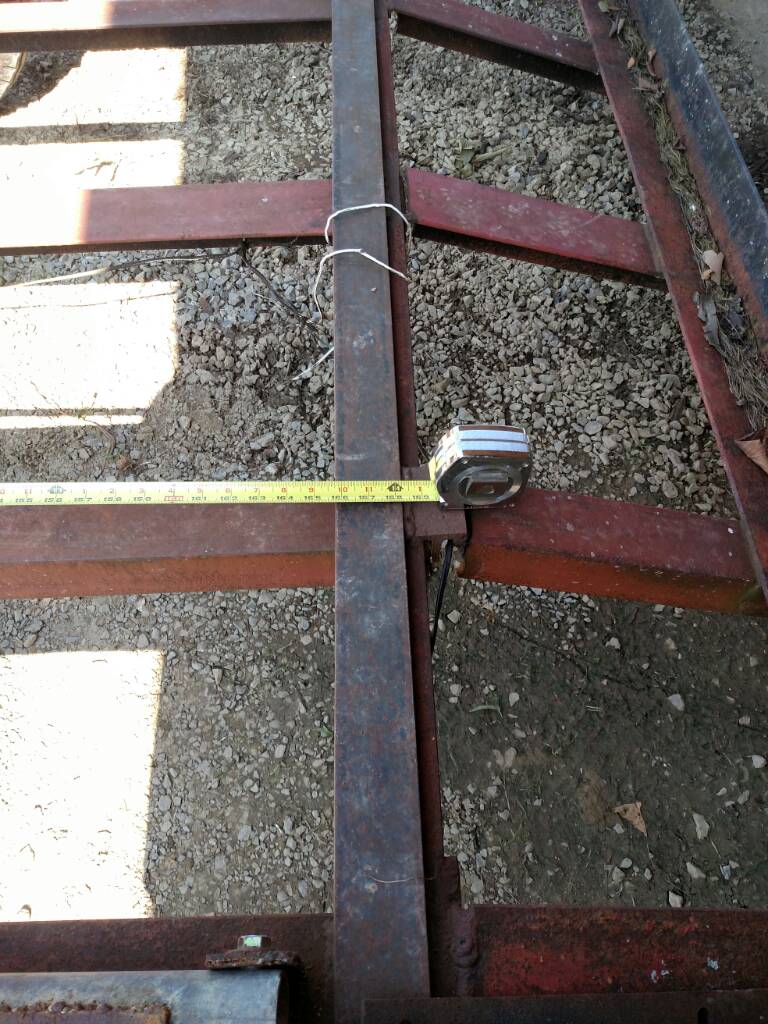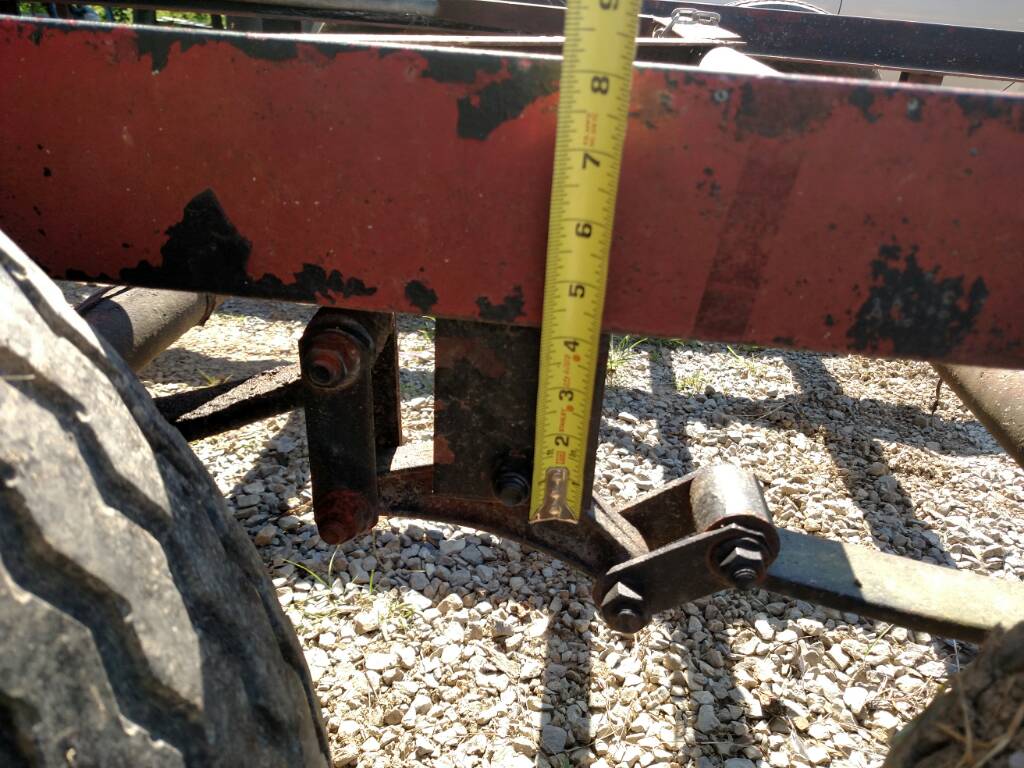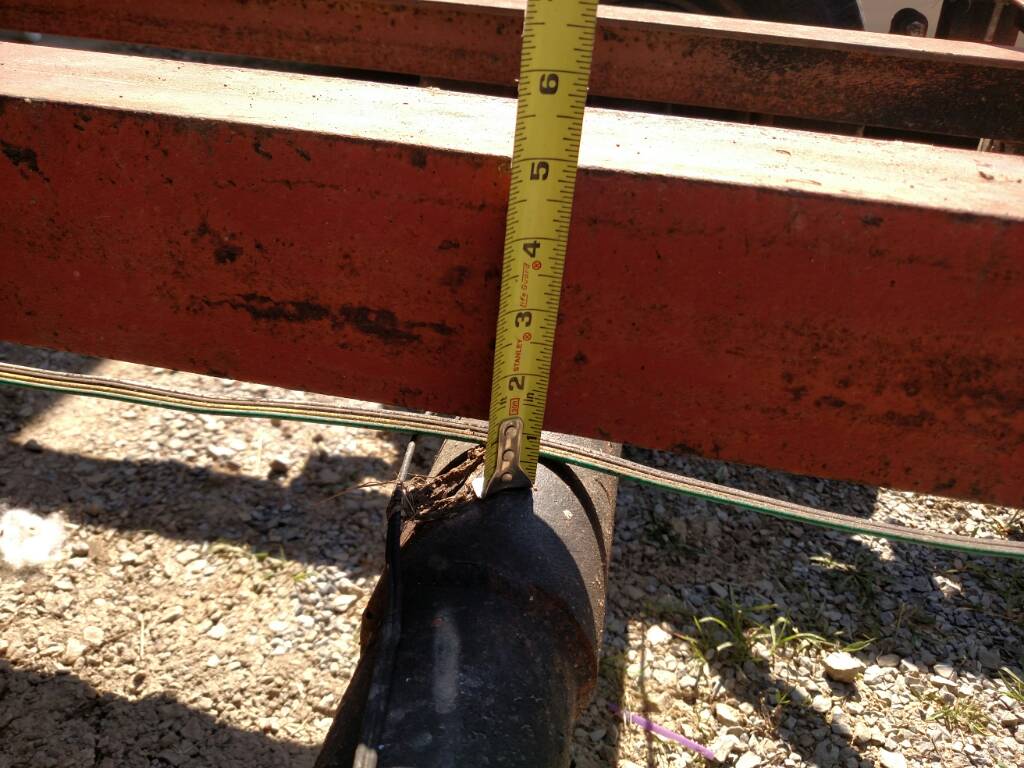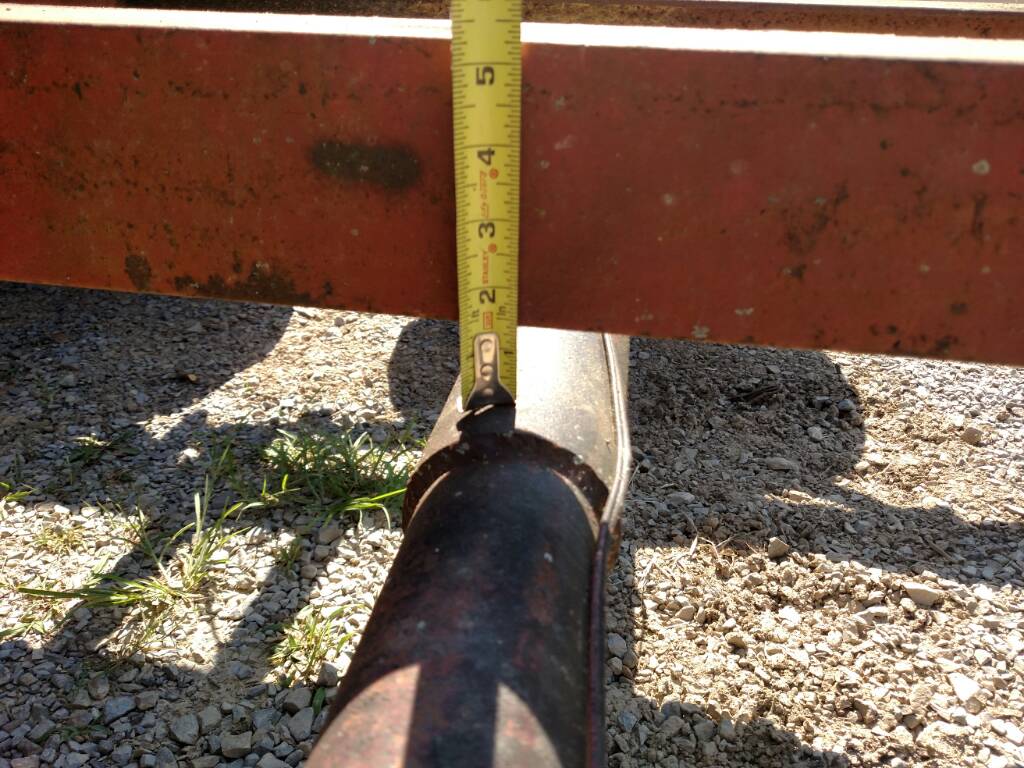4seasons
ArboristSite Guru
I have owned this trailer for a year or two. I have hauled some logs with it, but only within a few miles from home. I need to haul some dirt on it now, and will use it for a car hauler also. So I will be putting some removable sides on, but it really needs a floor. I am thinking of milling some 1.5 inch cedar planks for the floor. But before that I need to fix the suspension and build some better cross bracings. I have some angle iron laying around and can bugger weld some strong snot. I am not sure what the best way to brace this trailer is. I also need to lift it some because it has an inch of up travel on the front axle and two inches on the rear when empty. From the pictures you can see that it was a tri-axle at one time before someone shortened it and cobbled a dovetail on it. I will have to strengthen the dovetail or remove it. I am open to suggestions on how to best strengthen the frame and where to place the axles when I cut the short mounts off to weld on some stronger taller mounts.
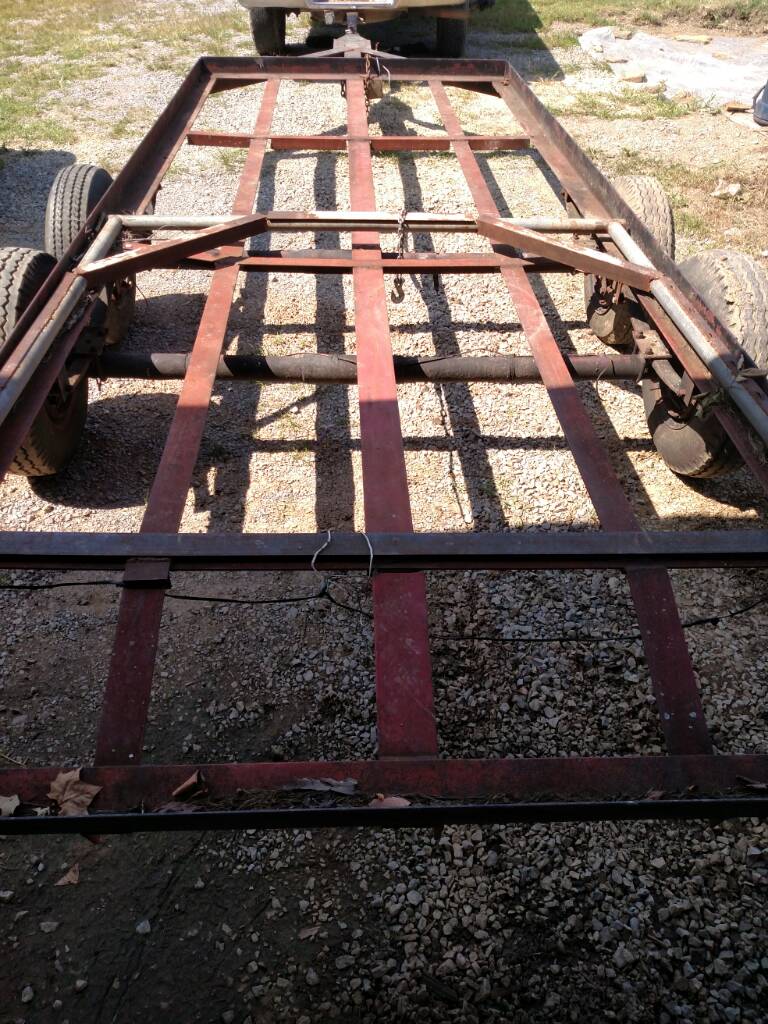
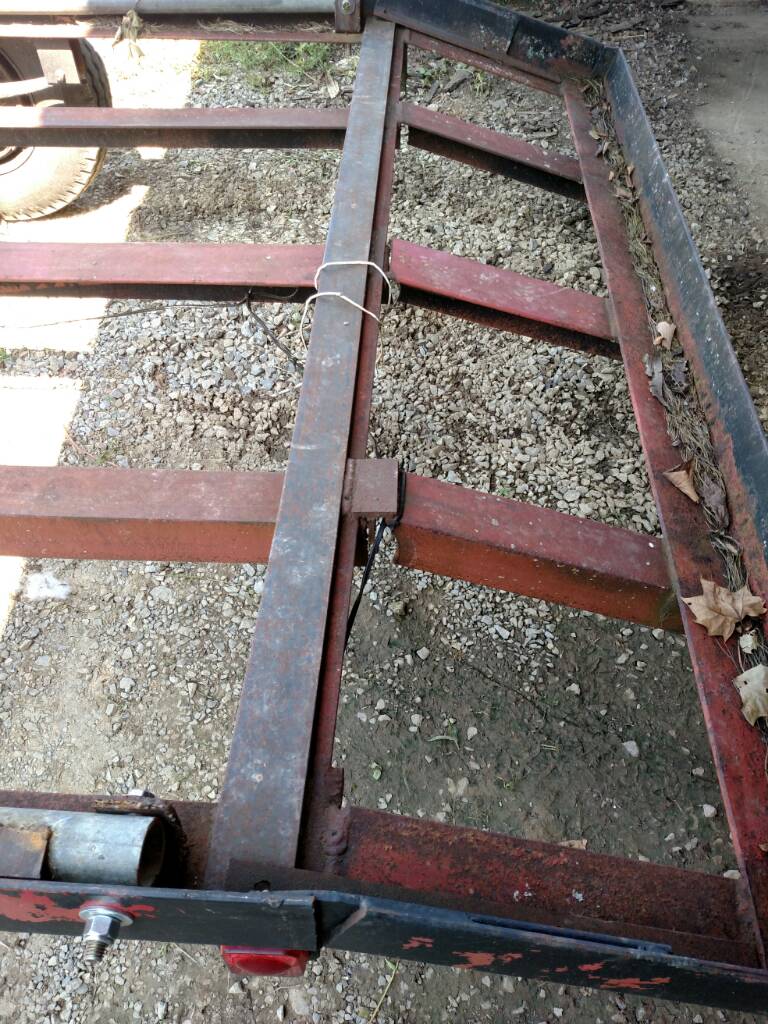
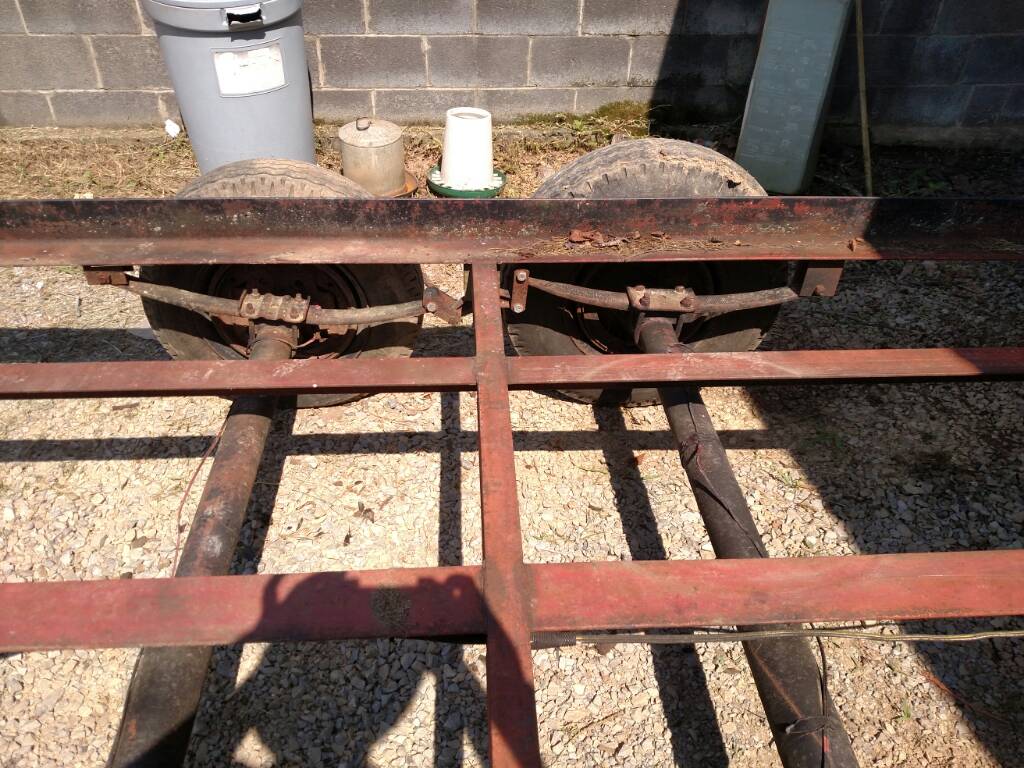
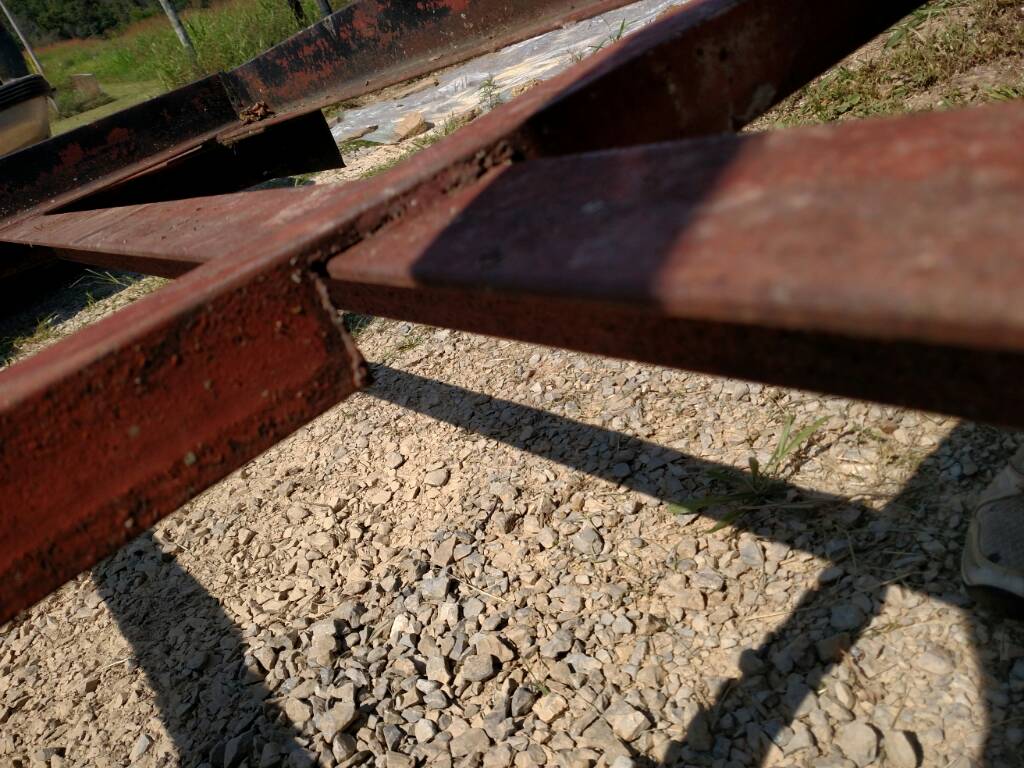
Sent from my XT1254 using Tapatalk




Sent from my XT1254 using Tapatalk





